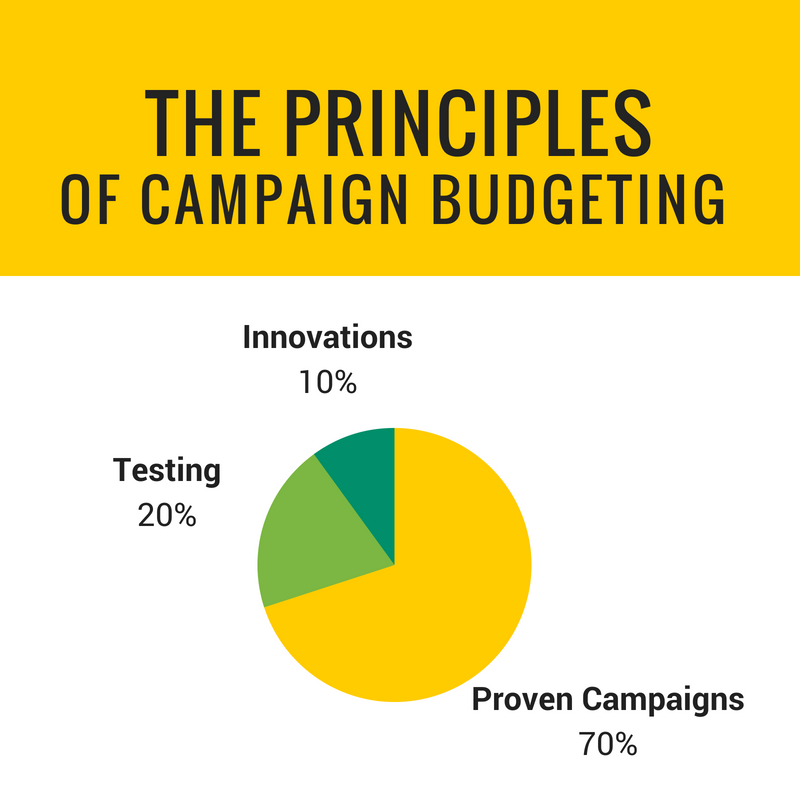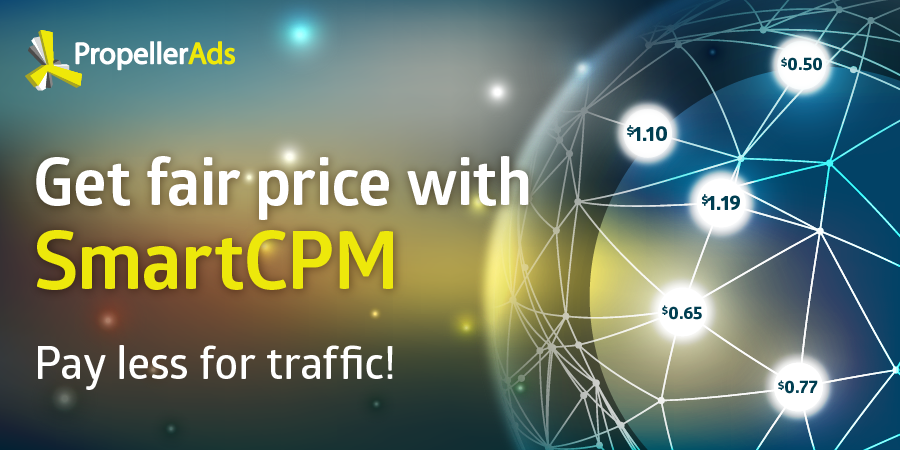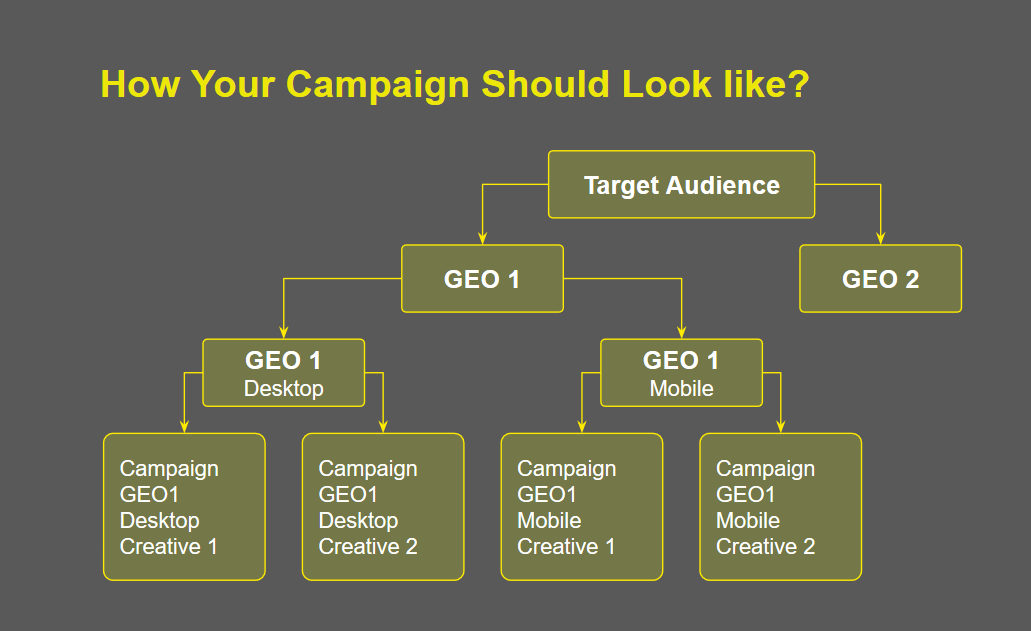
How much money are you planning to invest in your marketing campaigns this year? Regardless of your answer, you probably want to make the most out of your investment and get as much business as possible.
This is one of the reasons why paid ads campaigns have become an extremely popular form of online marketing. Paying for ads depending on how well they actually perform is not only cost-effective, but it allows you to see better results from your marketing efforts, regardless of your budget size.
While placing a bid may sound easy, setting up a winning strategy to make the most out of your budget is crucial to the success of your campaign. In this article, we’ll go over the basics of the bidding model, the different structures available, and give you tips to effectively manage your budget.
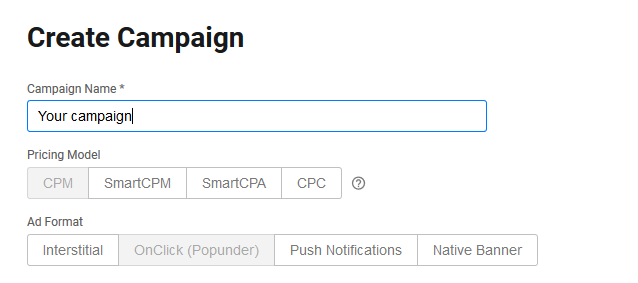
Today on our agenda:
1.THE PURPOSE OF THE BIDDING MODEL
Bidding is one of the most important parts of any paid campaign because it helps determine if and where your ad will be displayed. There is limited space for online advertising, so companies have to participate in an ads auction and place a bid in order to compete for the available spots.
Remember that there are many factors that influence the performance of your ads, so you need to build a solid, well-rounded campaign that includes an efficient bidding strategy.
Why Do Advertisers Support Auctions?
Besides the fact that auctions help determine who wins the available positions, bidding is often more affordable than set pricing.
The price of each ad may vary depending on competition, demand, the vertical you choose, and time of day. Marketers can choose the type of device, location, and time for their ads to show up, which may end up getting them more bang for their buck.
At the same time, remember bidding means you’ll only pay for the ads that people see or interact with. This means you can manage all aspects of your marketing spend, for instance, pausing and resuming your campaign depending on your budget.
2. MANAGING YOUR BUDGET
Your budget is the amount of money you’ll invest into your marketing efforts. In most cases, the size of your budget will directly impact the performance of your campaign. That being said, savvy marketers can work wonders with small budgets, as long as they make the right moves.
Types of Budgets
There are two main types of budget you’ll have to monitor while your campaign is running. These are:
Daily Budget: Tells you the max amount of money you’re willing to spend on your marketing campaign on daily basis.
Total Campaign Budget: As you can imagine, it’s the entire budget you’ve set for the duration of your campaign. If you’re launching an ongoing campaign, it’s likely this number will increase more and more, so many companies choose to set yearly budgets as well.
Read more: SmartCPA budgeting tips and tricks from PropellerAds expert
The Connection Between Your Budget and Your Campaigns
Theoretically speaking, bigger budgets should result in more efficient campaigns because they allow you to place higher bids and get a wider reach. At the same time, you can keep your ads running for longer periods of time or simply create more campaigns with a bigger budget.
Keep in mind that a big budget doesn’t necessarily mean your campaign will be a success. On the other hand, because you’re investing more money, you have to be very careful. Instead of carelessly burning through your budget, try to segment it into different campaigns and work them individually.
Working the Principles
Following a set bidding principle is always a good idea. One of the most popular and effective concepts is known as the 70/30 rule.
This principle dictates that 70% of your budget should go towards revenue-generating activities. The other 30% should be devoted to building awareness and creating a better reputation for your brand.
Another popular idea is that of the 70:20:10 ratio. In this model, 70% goes towards your usual marketing spend, 20% towards testing new offers or creatives, and 10% is dedicated to future-proofing your efforts by testing innovative formats that are just gaining momentum.
3. BIDDING MODELS AND HOW THEY WORK
There are different bidding models you can choose from when running a performance campaign. Each one has its own set of benefits and setbacks, so you need to look at the three structures and choose the best for your case.
Cost-Per-Action – CPA
In this structure, advertisers are only required to pay when users take a precise step, like filling out a contact form or providing a credit card number.
Cost-Per-Click – CPC
As the name indicates, advertisers are required to pay every time a user clicks on their ad, regardless of what action is taken next.
Cost-Per-Mille (1000 Impressions) – CPM
Effective for almost any campaign goal, advertisers pay every time their ad is displayed 1000 times.
PropellerAds Exclusive Bidding Models
SmartCPA
An auto-optimized algorithm that adjusts the parameters of your advertising campaign with a CPA bidding model to help you get as many conversions as possible. More about SmartCPA.
SmartCPM
SmartCPM is a bidding model, based on an algorithm that automatically finds the best possible prices for each ad placement and sets bids for you 24/7.
4. WHAT YOU HAVE TO KEEP IN MIND
Remember that there is no magic bullet when it comes to creating a successful bidding strategy. The best thing to do is to create a custom plan that takes different aspects into consideration. To build a solid bidding strategy, remember to look at your:
5. HOW TO SET THE RIGHT BID
So, now that we’ve covered the basic elements you always need to remember, let’s take a look at setting the right bid.
Because auction prices depend on your industry, location, and other factors we’ve mentioned before, we won’t give you specific values. Instead, we’ll share tips that help you come up with a budget based on your specific situation.
Check Your Bid Estimator/Recommendation Tool
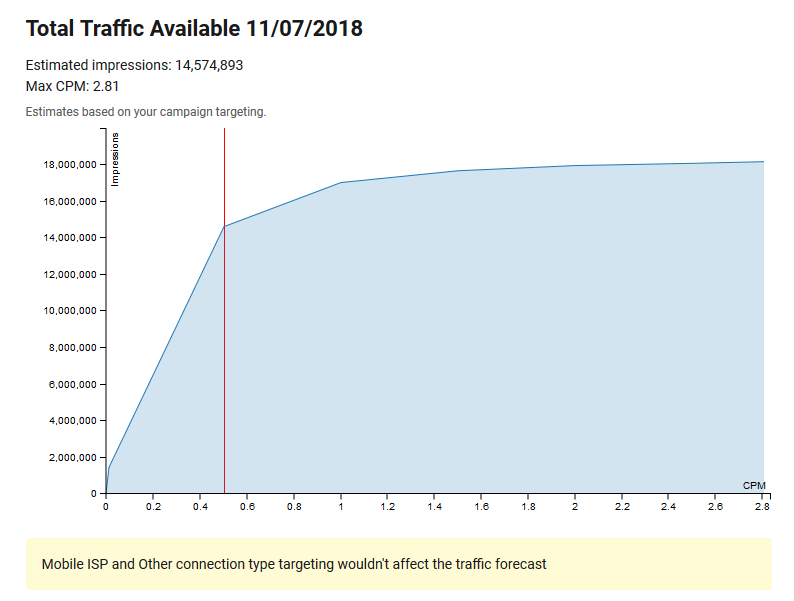
Most advertising platforms offer a bid estimator or recommendation tool. This gives you the approximate bid you need to make in order to win the opportunity to show your ad. While these are not always exact, they give you a good idea of how much you should bid for each ad.
Choose a Starting Point
Once you’ve estimated your bids, it’s time to actually set each one. Generally speaking, you can set bids for your entire campaign that work as a default setting. You also have to set individual bids for each ad group and individual ad.
It’s likely that the default value will not suit all ad groups or ads, so you should take the time to set these individually. Plus, you’ll already know what you’re doing when it’s time to optimize your campaign.
There are generally two approaches you can take to set a starting point:
- High to Low
Companies that have a big enough budget can start off with high bids. This will improve their chances of getting noticed and may yield result faster. In this model, one of your main goals will be to bring down your costs while maintaining performance.
- Low to High
Businesses with smaller budgets start off with lower bids. However, if you know how to manage your campaign, you can get a significant amount of business without a huge budget.
If this is the case for your company, advertising during off-peak hours or targeting alternative locations may be more feasible. As your campaign progresses, start looking at schedule and location variations that can help you reach your goals.
Adjusting to Poor Performance
If your campaign is not yielding results and you don’t have enough data to optimize your campaign, you should still have the ability to make adjustments to balance it out.
Making small adjustments on the fly, like raising your bids across the board, can improve result in more clicks and traffic for your site. Practice makes perfect, so don’t be afraid of trying out different changes and analyzing your how your campaign reacts. More about optimizing your Push Notifications and Popunder campaigns.
6. OPTIMIZING YOUR BIDS
Regular optimization is a key part of any successful paid advertising venture. However, you require a minimum amount of information before you can optimize your campaign.
As a general rule of thumb, you can start optimizing CPA and CPC campaigns after 200 clicks or more. For CPM campaigns, getting to 5,000 displays should be a nice starting point. Once you make sure you have enough data, you should:
- Look at Your Statistics
Your statistics will reveal areas of improvement that may reduce your costs. For instance, bidding on certain types of devices may improve your numbers and lower your costs at the same time.
- Play Around with Your Bids Frequently
Static bidding can cost you a significant amount of money in the long run. Try to change your bids regularly and see how your campaign reacts. This is especially important if you started off with higher bids and you’re looking to work your way down.
- Try Out Different Ad Formats
Experimenting with different ad formats can help you identify which work best for your budget. Native, Interstitials, and Popunder ads have different prices, so you can test them to see which one maintains performance and reduces cost.
- Check Your Daily Spend Throughout Day
Keeping track of your daily spend is the best way to control your budget. You can pause and resume your campaign and even increase your bids on the spot, depending on that day’s performance.
- Keep Your Campaigns Separate
Creating separate campaigns will keep your marketing effort organized. At the same time, there are changes that you need to make changes based solely on location or device, which won’t be possible if you launch one single campaign.
- Deliver Your Ads at the Right Time
A lot of marketers leave money on the table because they let their campaigns run around the clock. While some companies may benefit from this setup, most businesses should look at the times when their target audience is online.
Not only will you get the chance to win more bids when it matters most, but you’ll likely reduce bounce back rates as well.
Ready to put the theory into practice? Check your existing campaigns’ budget or create a new financial strategy for your ad activities!

